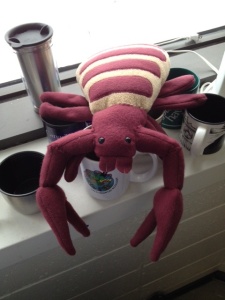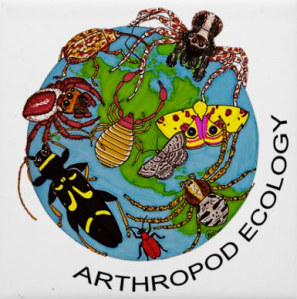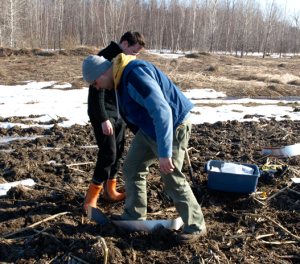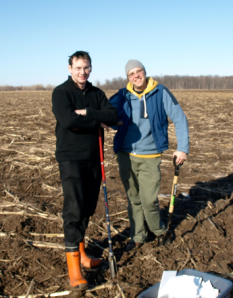As the Editor-in-chief of The Canadian Entomologist (TCE), I have recently joined the twitter-verse. This is an interesting experiment and I’m only a couple of weeks into it, but it is proving fascinating enough that I wanted to write this blog post about the experience.
I have long had mixed feeling about the role of Twitter in science. There are many arguments both ways - Twitter can be a way to help promote good science, bring neat ideas to a larger audience, and initiate productive and exciting collaboration. It can, however, take the most limiting resource away: time. The Twitter-verse is also full of unusual, non-reviewed, speculative, non-scientific opinions, and often the same stories just gets repeated dozens of times. All of this is the very stuff that concerns me. In my professional world of publications, peer-review, and critical scientific analysis, is there a place for Twitter….how can 140 characters do any of this justice? (I am, obviously, a fan of blogs - these can be a great forum for thoughts, ideas and opinions in a longer-format)
Well, after some lively exchanges with graduate students, friends, colleagues, and the marketing team at Cambridge University Press (TCE’s publisher), I have started tweeting for TCE. Initially I was worried that coming up with tweets would be a big challenge but as I came up with lists of ideas for future tweets, I realize that there is an unbelievable amount of rich and fascinating content associated with the Journal. For example, exciting papers that are getting published, interesting stories about entomology and entomologists in Canada, links to events and opportunities within the Entomological Society of Canada, and information about past papers within the journal. And, perhaps most importantly, I think twitter can be a way to promote the discipline to a different audience.
Pique your interest? You can follow @CanEntomologist






